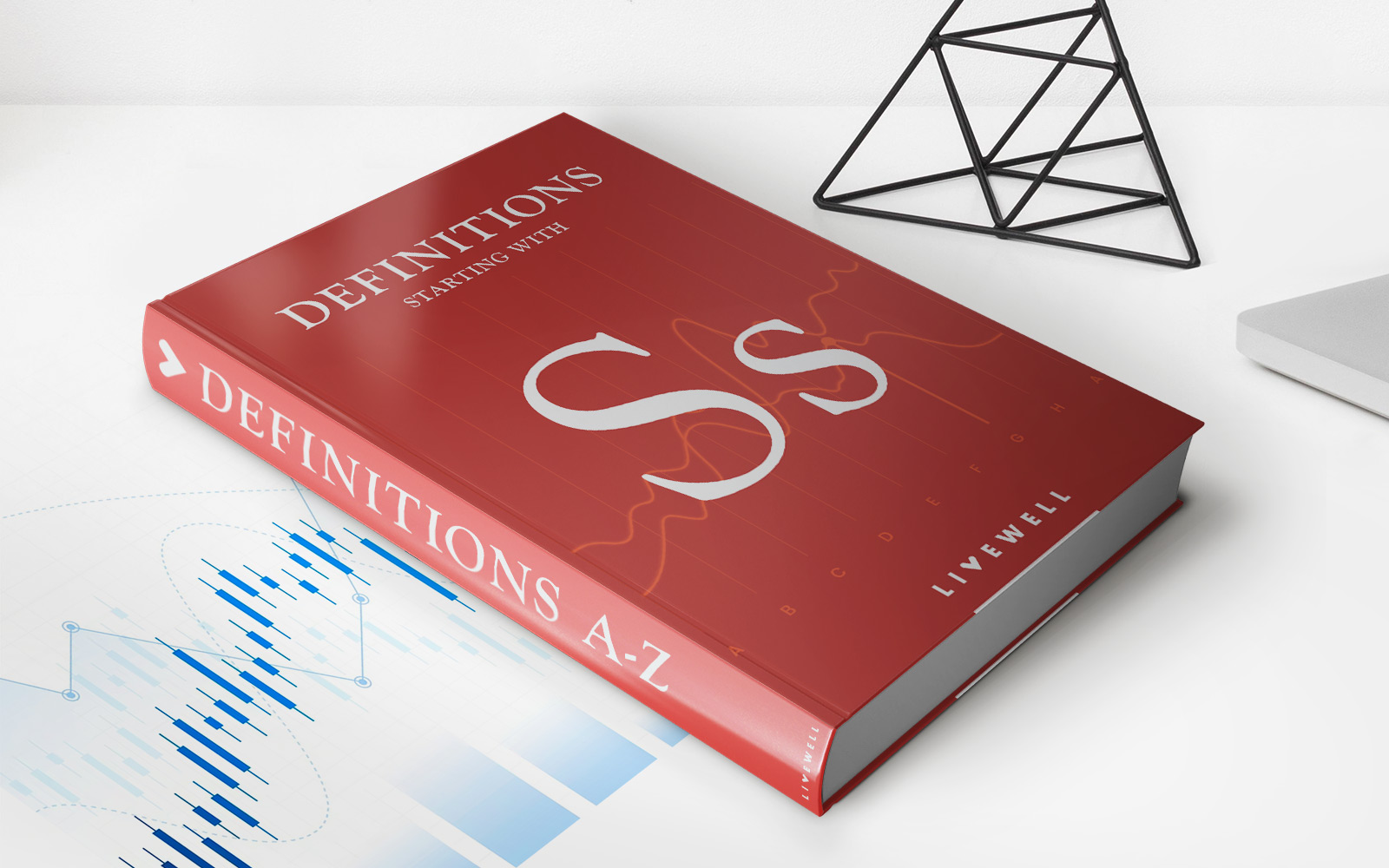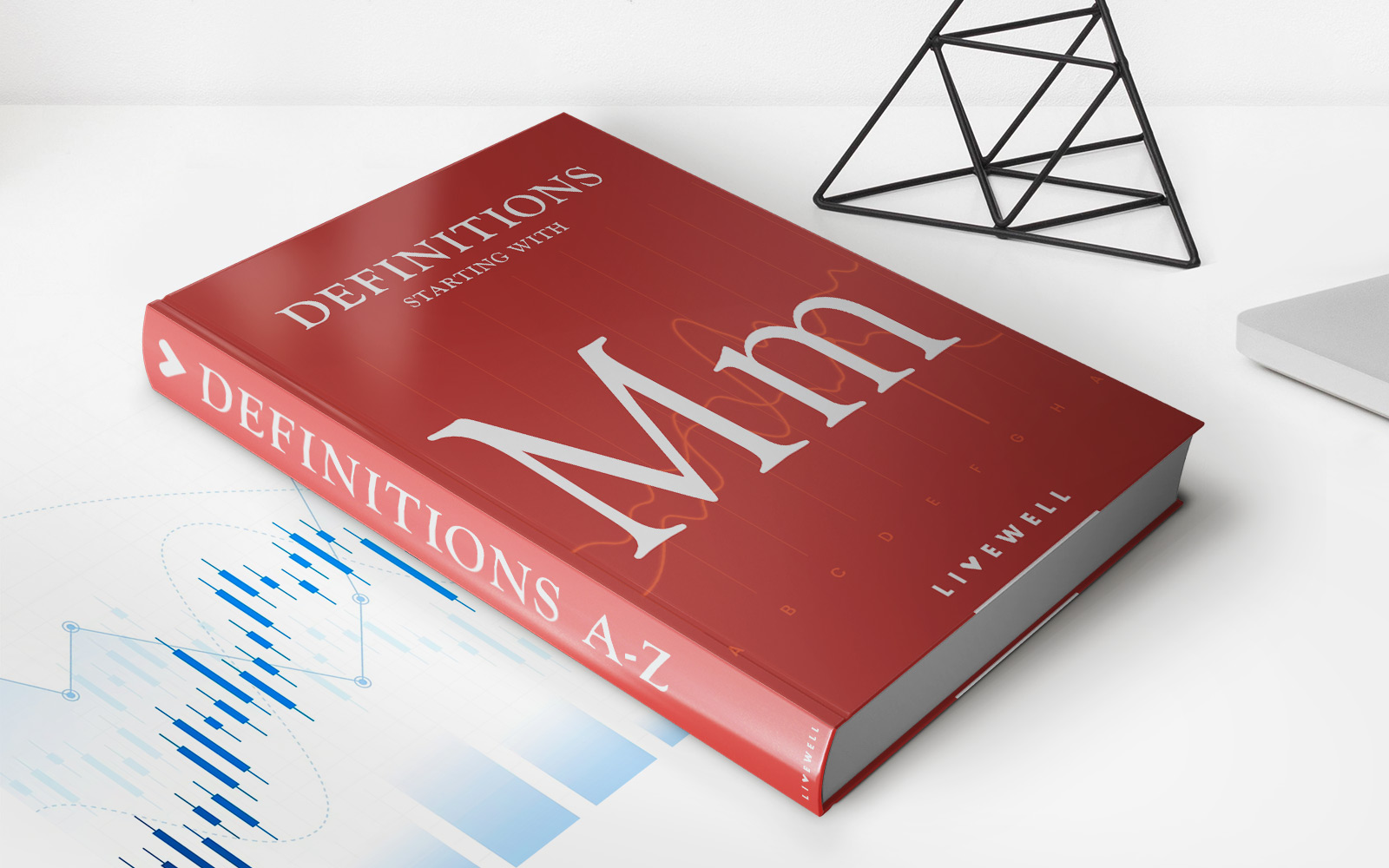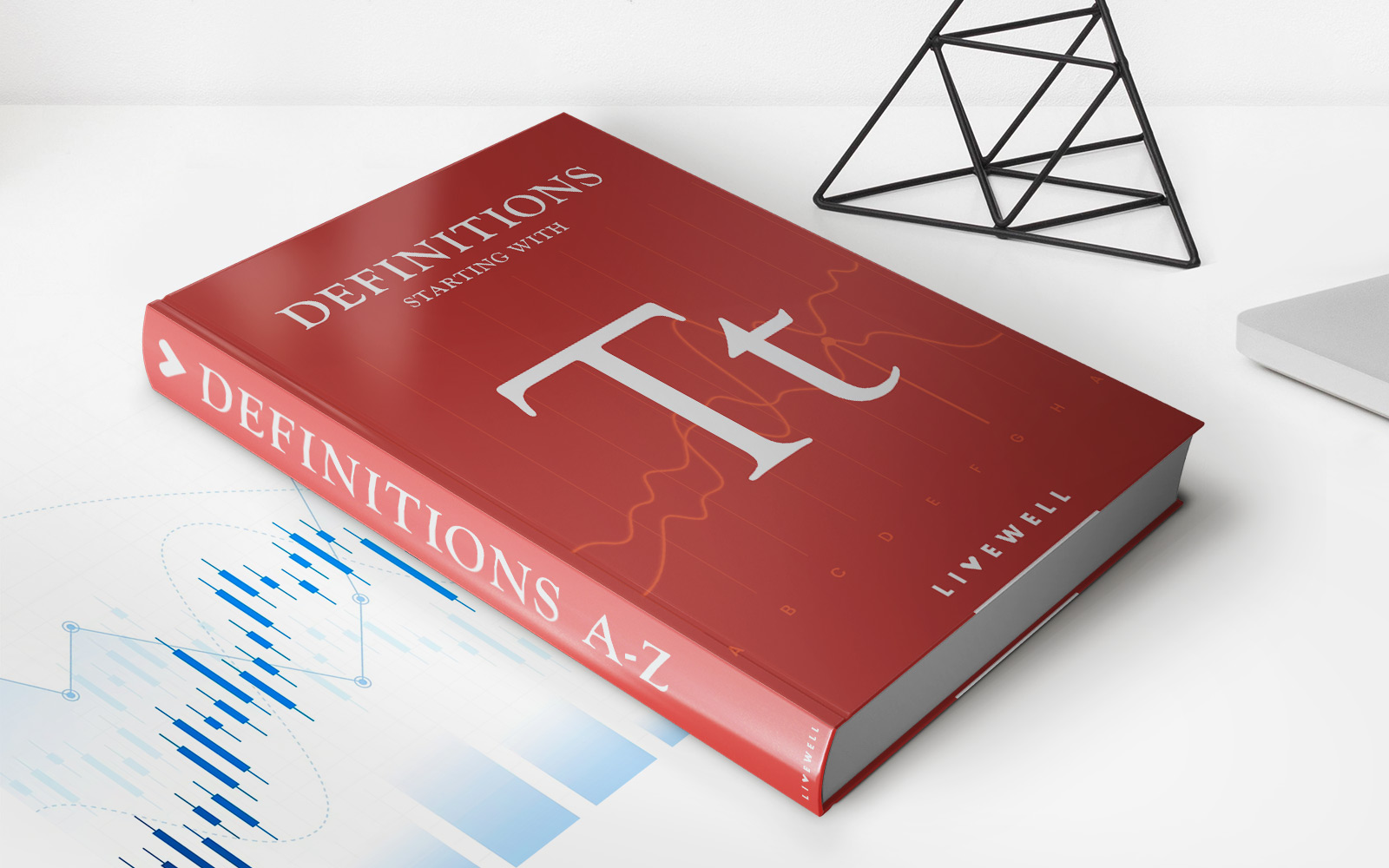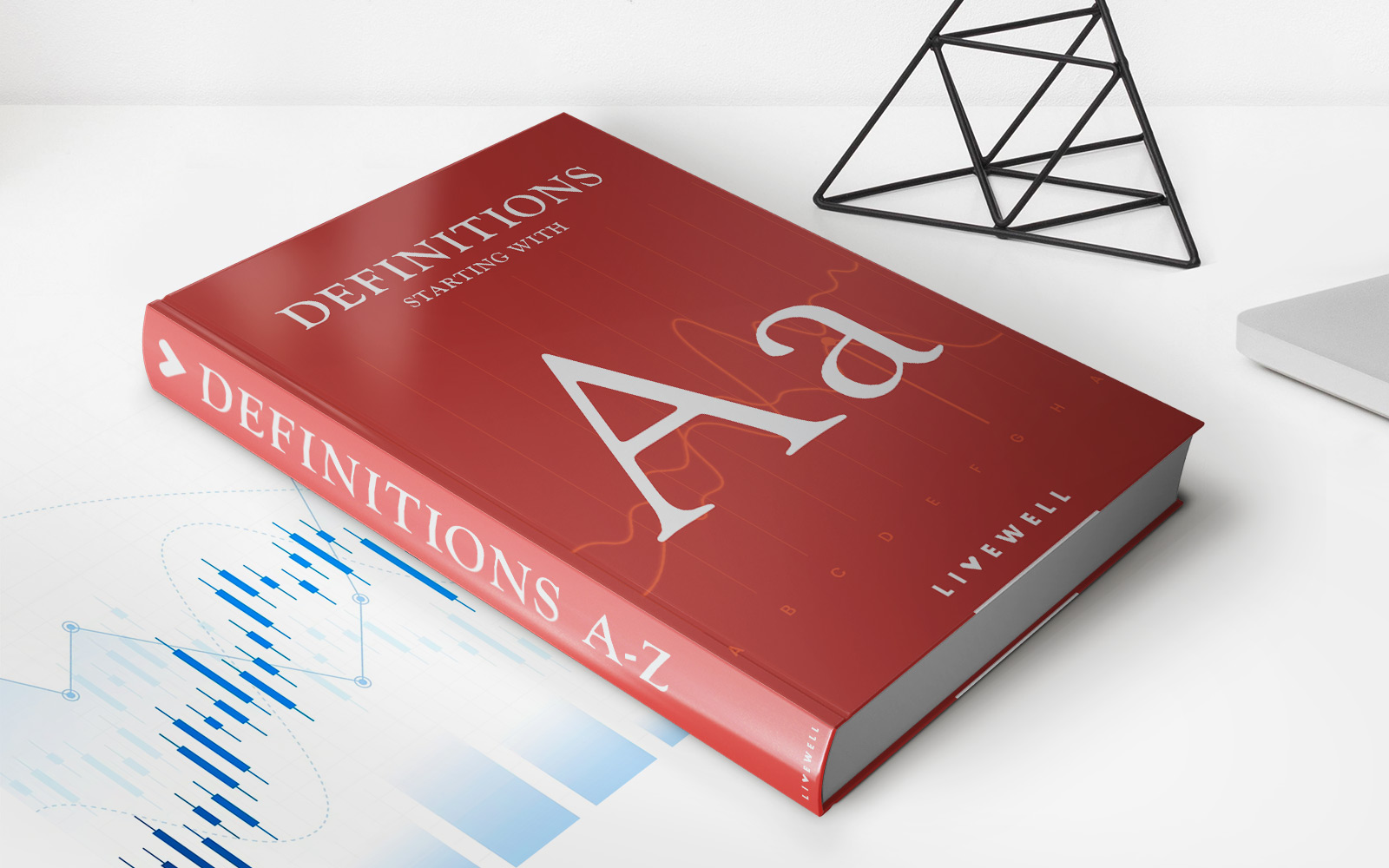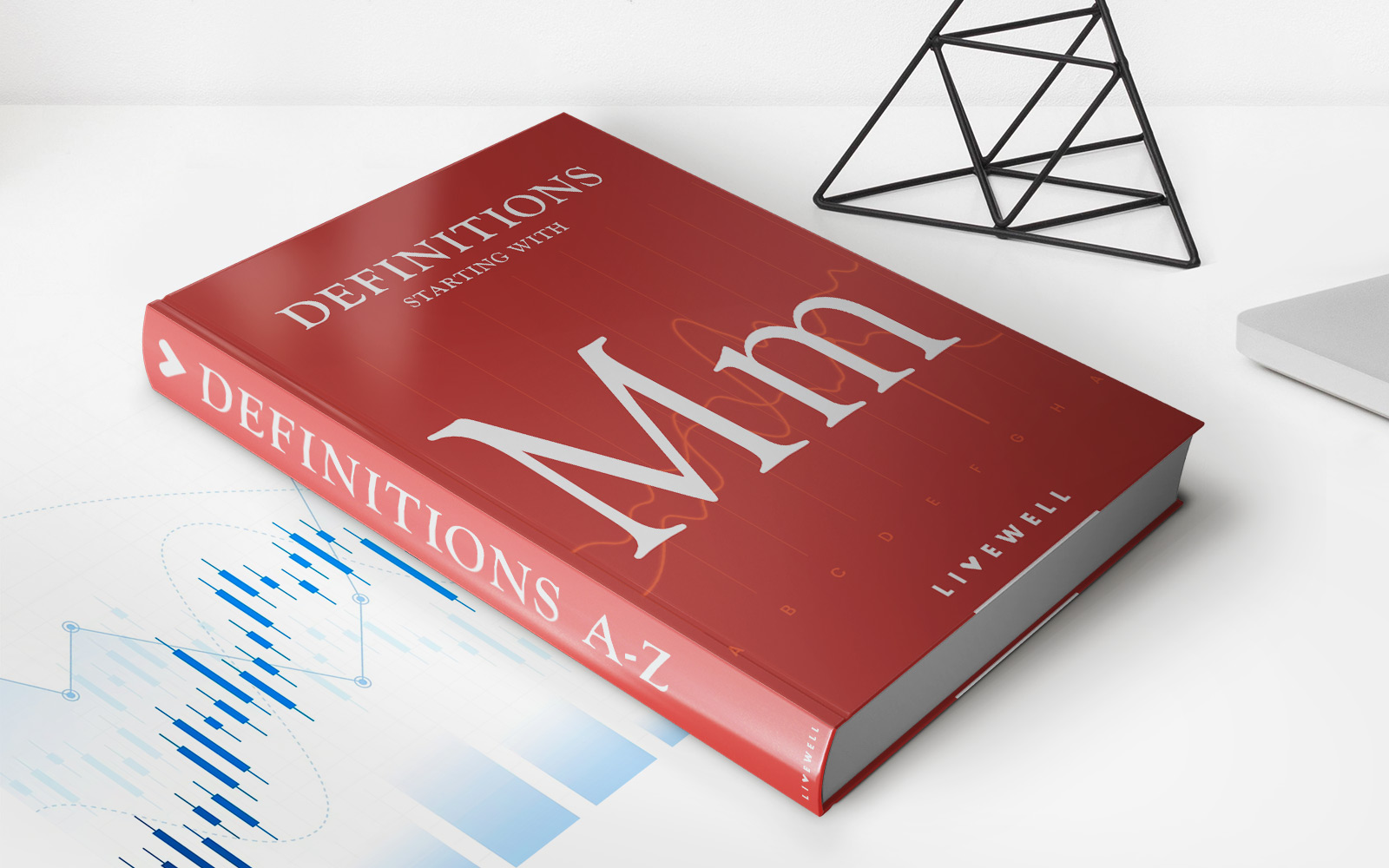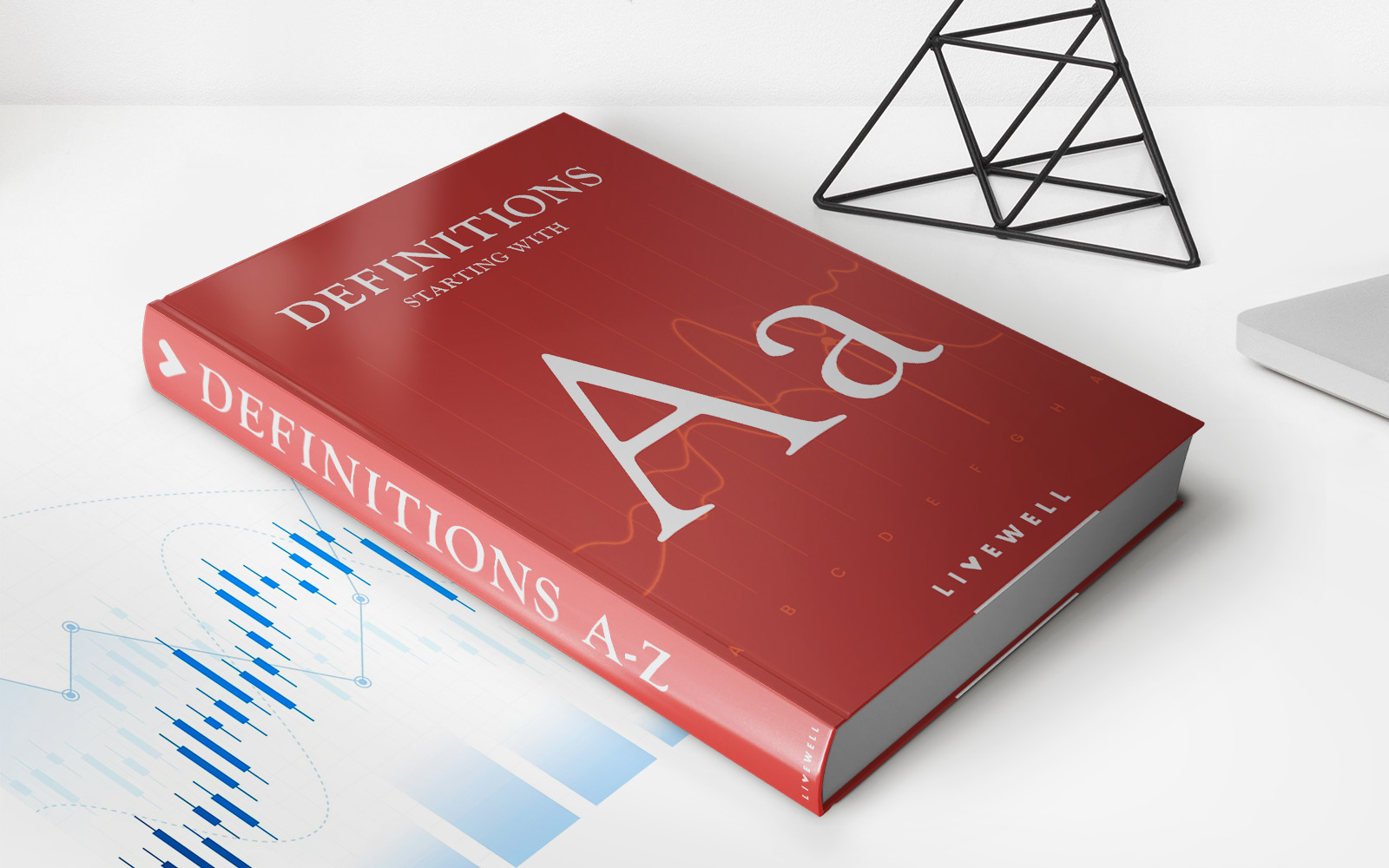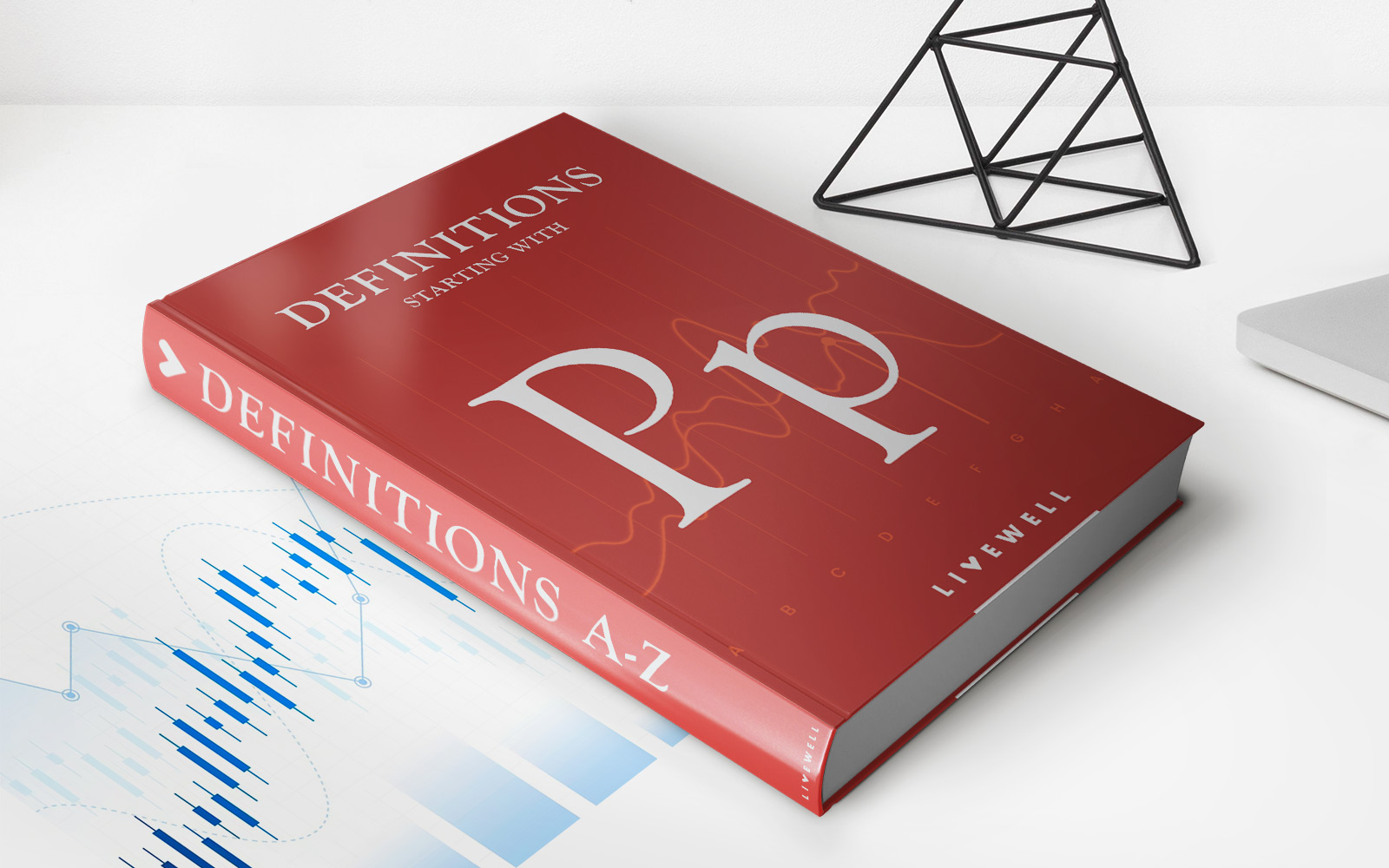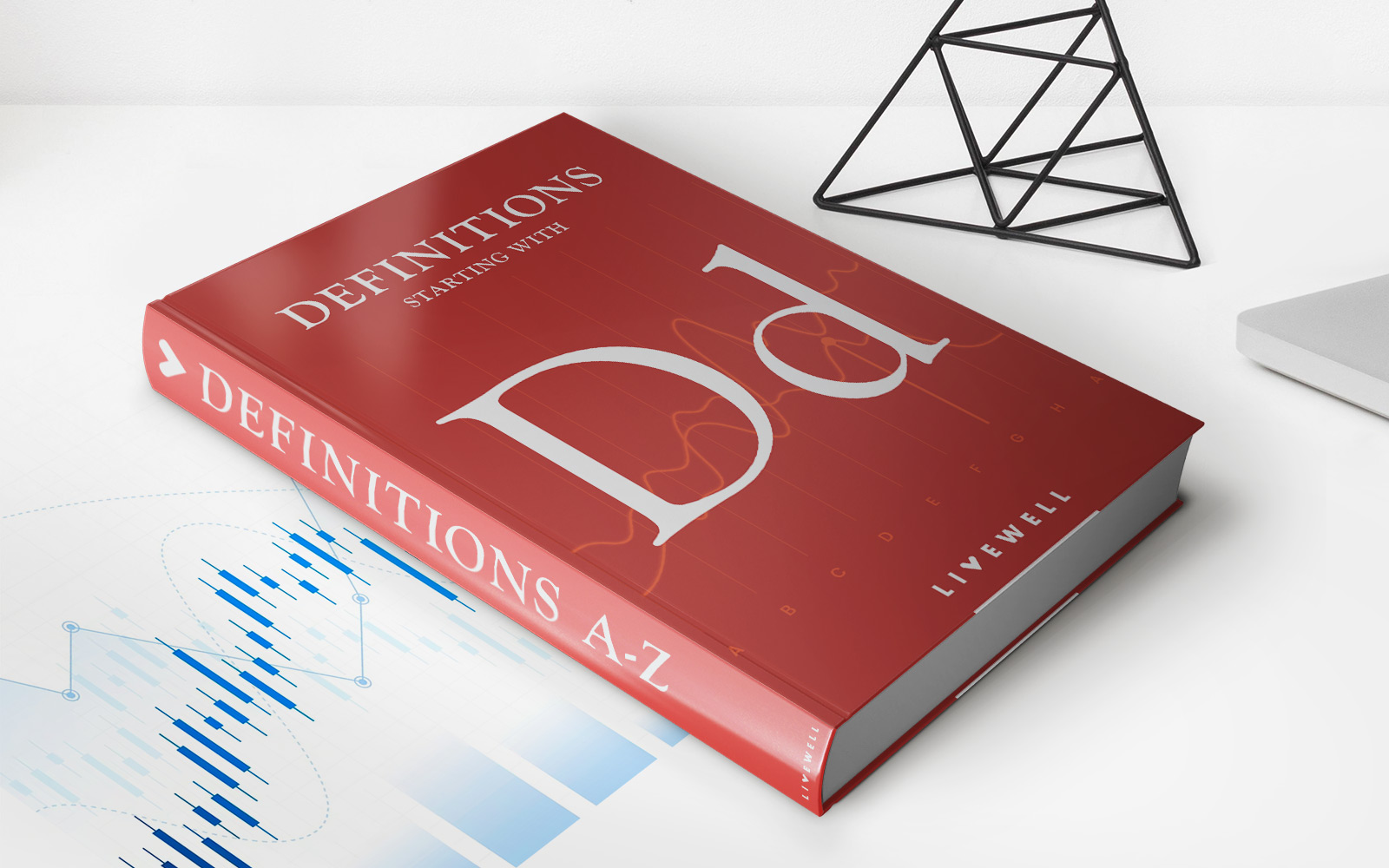Home>Finance>Harmonic Mean Definition, Formula, And Examples


Finance
Harmonic Mean Definition, Formula, And Examples
Published: December 4, 2023
Learn the definition, formula, and examples of harmonic mean in finance. Enhance your understanding of this important concept.
(Many of the links in this article redirect to a specific reviewed product. Your purchase of these products through affiliate links helps to generate commission for LiveWell, at no extra cost. Learn more)
Understanding Harmonic Mean
Have you ever heard of the harmonic mean? It’s not as well-known as its siblings, the arithmetic mean and the geometric mean, but it’s equally important in certain contexts. In simple terms, the harmonic mean is a mathematical concept used to calculate the average of a set of numbers. It is particularly useful when dealing with rates or ratios. But what exactly is the harmonic mean, and how does it differ from other types of averages? Let’s dive in and find out!
Key Takeaways:
- The harmonic mean is a mathematical concept used to calculate the average of a set of numbers.
- The harmonic mean is particularly useful when dealing with rates or ratios.
Formula for Harmonic Mean
So, how do we calculate the harmonic mean? The formula is quite straightforward:
Harmonic Mean = n / ((1/x1) + (1/x2) + … + (1/xn))
Where:
- n: Denotes the total number of values in the set.
- x1, x2…xn: Represent the individual values in the set.
As you can see, the harmonic mean is calculated by taking the reciprocal of each value, adding them up, dividing the sum by the total number of values in the set, and finally taking the reciprocal of that sum. This may sound a bit complex at first, but once you put it into practice, it becomes much easier to understand.
Examples of Harmonic Mean
Let’s look at a couple of concrete examples to help illustrate the concept:
Example 1:
You are on a road trip and cover the first 100 miles at a speed of 50 mph. However, due to traffic conditions, you can only cover the next 50 miles at a speed of 25 mph. What is your average speed for the entire trip?
To calculate the average speed using the harmonic mean, we need to find the harmonic mean of the speeds for each segment of the trip:
Harmonic Mean = 2 / ((1/50) + (1/25)) = 2 / (0.02 + 0.04) = 2 / 0.06 = 33.33 mph
So, the harmonic mean of the speeds is 33.33 mph, which represents your average speed for the entire trip.
Example 2:
You are a business owner and want to calculate the average revenue growth rate over the past three years. The revenue growth rates are as follows: 10%, 20%, and 30%. What is the average growth rate for your business?
Using the harmonic mean formula, we can calculate the average growth rate as follows:
Harmonic Mean = 3 / ((1/10) + (1/20) + (1/30)) = 3 / (0.1 + 0.05 + 0.0333) = 3 / 0.1833 = 16.36%
Therefore, the harmonic mean of the growth rates is 16.36%, representing the average growth rate for your business over the past three years.
Conclusion
The harmonic mean is a powerful tool for calculating averages in situations where rates or ratios are involved. It provides a balanced measure that takes into account the individual values of a dataset, making it particularly useful in certain contexts. By understanding the concept of harmonic mean and knowing how to apply the formula, you can use this mathematical tool to gain valuable insights and make informed decisions in a variety of fields.


